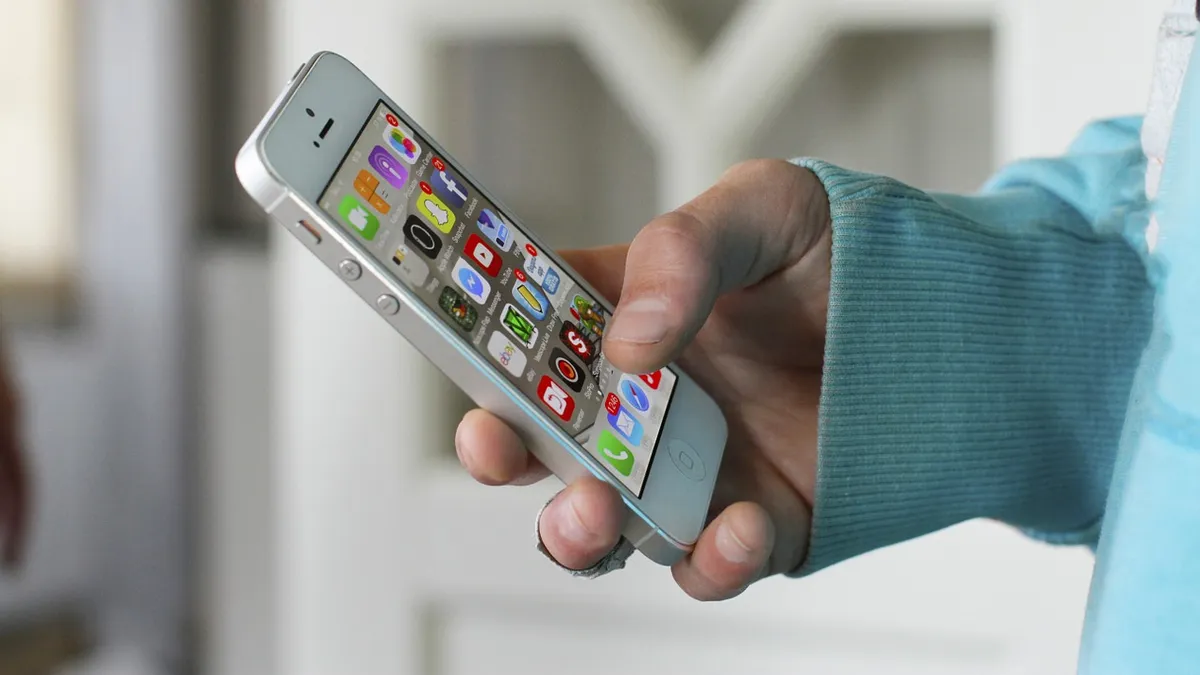An average trip to the grocery store looks something like this: A consumer gets her list together and drops by her favorite local supermarket to grab her items for the week. She picks up the same brand of milk, the same eggs, the same chicken and the same packaged food — all from the same grocery store she visits each and every week. It’s a ritual, with purchases requiring little decision-making.
Competing grocers are often at a loss, since shoppers with an established grocery shopping routine are difficult to attract to their stores, even if they offer the same — or even better — products. So what can these retailers do that they aren’t already doing?
Enter digital offers, a creative way to bolster retailers’ product marketing strategies. From coupons to rebates to sweepstakes to instant wins, grocers are using a variety of digital offer types to gain loyalty from even the most steadfast customers by helping them save money and discover new favorite products. But right now, many grocers are only taking advantage of a small piece of what digital offers could bring to a business. Here’s how grocers can attract more shoppers to their aisles with a digital offers strategy.
Start with the basics
For retailers starting out with a digital offers program, remember these three important tips. First, keep the offer simple. Second, make the discount high. And third, make sure it is highly relevant.
Any kind of coupon should be easy to understand and use — a “buy one, get one” or a certain amount off — because customers don’t have time to waste deciphering the discount. Additionally, the discount should be worth shoppers’ time. If a consumer is going to go out of their way to use a new coupon, make the discount significant enough to convince them to disrupt their routine and take a chance on a new product or brand. Finally, relevancy is key — creating a sense of kinship between stores and shoppers fosters loyalty and, ideally, entices them to return.
Grow the program
While sometimes we assume the old adage “if you build it, they will come” holds true, that’s not the case for a digital offers strategy. Getting more people engaged with these programs is the second major task retailers need to address.
First, people need to discover the digital offers. Start with a few creative ideas to reach consumers where they already are — in store signage, employee t-shirts, mentions in ads for weekly specials. Grocers need to offer solid “first-time” deals upfront to encourage folks to return to their program. After initial engagement it is important to offer a give reasons to keep coming back. Target’s Cartwheel program offers badges to folks that redeem coupons, and the more badges collected unlocks even more deals. From there, wins and prizes can be shared via social media to involve even more users where they’re already browsing daily. Kroger’s program for loyal shoppers offers highly relevant and personalized offers for desired items.
Personalize offers to customers
In order to create a really good program and a trusted, loyal relationship with shoppers, it is important to give them offers that are relevant and meaningful. Retailers can do this using one simple word: data. In the world of digital, it is entirely possible to present every offer in order of relevance, customize each offer to the shopper and even define the offer pool based on individual needs. Understanding the purchase and coupon use history of individual consumers is an important place to start. Using that data respectfully and to the benefit of the shopper is key.
Not surprisingly, the largest group of digital coupon users is traditional paper users that are looking for ways to save. But when it comes to digital coupons, millennial customers are where the biggest opportunity lies. As a generation that’s using mobile devices more than ever — and one that doesn’t engage with traditional marketing tools like circulars or newspaper inserts — millennials and their even younger counterparts are looking for savings delivered via app, on items they love. Using digital coupons in combination with already slashed prices can grab the attention of millennials where they already are and get them opening their wallets to enticing offers.
Don’t be afraid to be flexible
As digital offers program get off the ground, one major benefit grocers may notice is the flexibility and targeting that is opened up by going digital. In just a day, retailers can capitalize on a news item, weather or a pop culture reference by adding a new coupon to their digital platform, gaining the attention of a specific group of engaged customers.
Of course it’s easy to remain loyal to the traditional way of doing things, which includes planning strategies far in advance and implementing them without adjusting. In the digital world, though, things move quicker, necessitating a new pace for switching up digital offers. If grocers notice a dip in sales in a particular department of their stores, offering a digital reward to shoppers who pick up some of those items can help bolster current profits and get customers coming back. Or, if the weather’s nice, offering fair weather products at discount that take advantage of fast-moving trends can really drive the bottom line forward. The important thing to remember if loyalty is the ultimate goal, is that any offer made should be relevant to the shopper, not an untargeted attempt to move cases.
For grocers, incorporating a digital offers program as a core part of their marketing strategy can help foster loyalty among new customers, entice shoppers from competitors and create a deeper relationship with tried and true favorites.

















